SHOP BY CATEGORY
Amaranthus Seeds
Original price was: ₨ 150.₨ 120Current price is: ₨ 120.
-
Germination Rate: 80–85% with proper care
- Total seeds : approx. 20-30 Seeds
-
Sowing Season (Pakistan): Best sown February–April and again in July–August
-
Germination Time: 7–15 days in well-drained soil at 20–30°C
-
Blooming Season: May to October with long-lasting colorful spikes
-
Flower Size: Dense spikes 15–30 cm long in red, green, or golden shades
-
Plant Height: approx.60–120 cm depending on variety
-
Special Note: Prefers full sun; heat-tolerant and easy to grow
🌸 Amaranthus Seeds – Bold Colors & Easy Summer Growth 🌸
Amaranthus is a fast-growing ornamental annual, loved for its brilliant flower spikes and striking foliage. With varieties ranging from tall, feathery plumes to drooping tassels, Amaranthus adds a bold, exotic touch to any garden. It is also valued in many cultures as a leafy vegetable and grain crop, but in ornamental gardening, it is grown for its decorative blooms and colorful leaves.
🌱 Perfect for Pakistan’s Weather
Amaranthus thrives in warm conditions, making it ideal for Pakistan’s spring and summer seasons. The best sowing times are February–April (spring) and July–August (monsoon). Seeds germinate quickly in 7–12 days at 20–30°C when sown in fertile, well-drained soil.
🌼 Flowering & Features
Blooming starts from May and lasts until October, producing dense flower spikes 15–30 cm long in shades of red, green, golden, or purple. Depending on the variety, plants can grow from 60 cm to over 1 meter tall, making them great for borders, background planting, or as cut flowers.
☀️ Care & Maintenance
-
Requires full sunlight for best color and growth.
-
Water regularly but avoid waterlogging.
-
Tolerates heat and poor soil once established.
-
Remove faded spikes to encourage new flowers.
💡 Why Choose Amaranthus?
-
Striking, colorful flowers and foliage.
-
Heat-loving and easy to grow in Pakistan.
-
Suitable for both ornamental use and leafy greens (edible varieties).
-
Long blooming season from summer to autumn.
❓ FAQs (Frequently Asked Questions)
Q1: When should I sow Amaranthus seeds in Pakistan?
👉 Sow in spring (Feb–Apr) or monsoon (Jul–Aug) for best results.
Q2: How long does Amaranthus take to germinate?
👉 Seeds usually sprout in 7–12 days under warm conditions.
Q3: How tall does Amaranthus grow?
👉 Depending on the variety, plants grow from 60 cm to 120 cm tall.
Q4: Does Amaranthus need full sun?
👉 Yes, Amaranthus loves bright sunlight and performs best in hot weather.

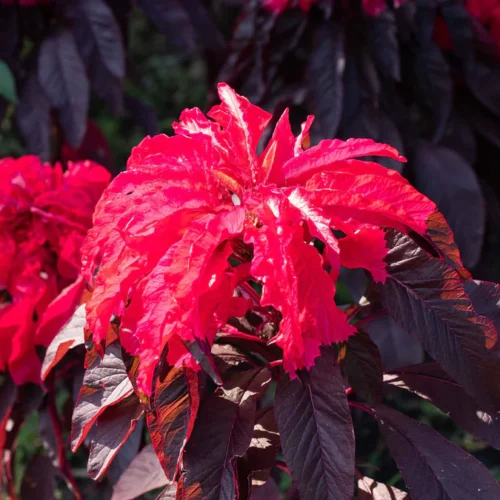
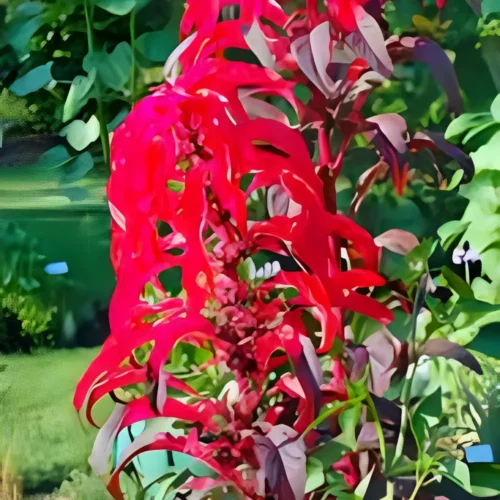
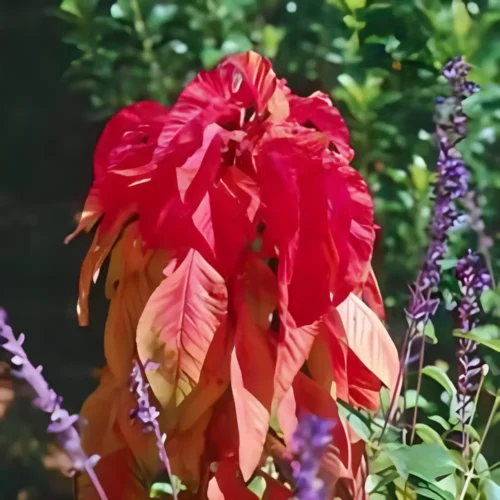
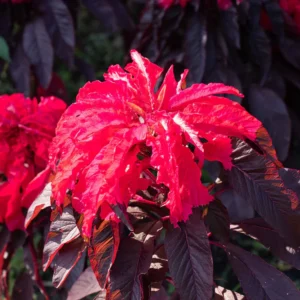
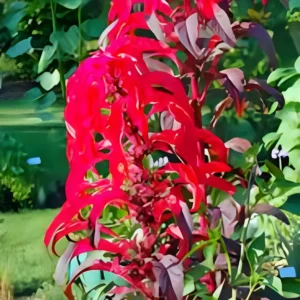
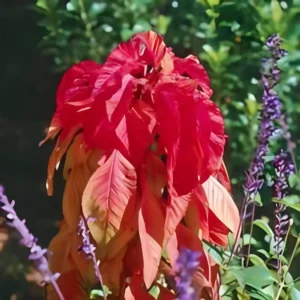
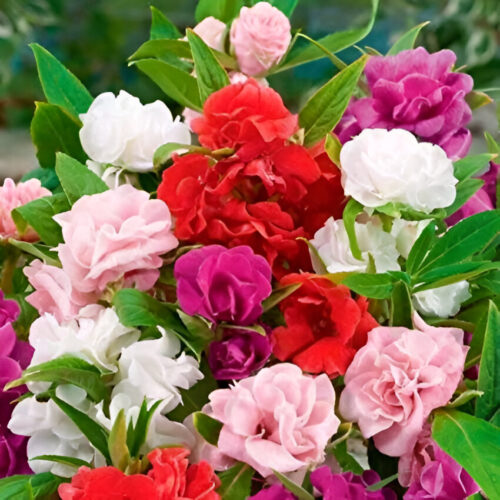
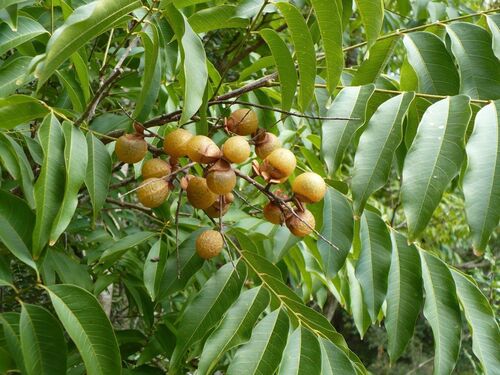
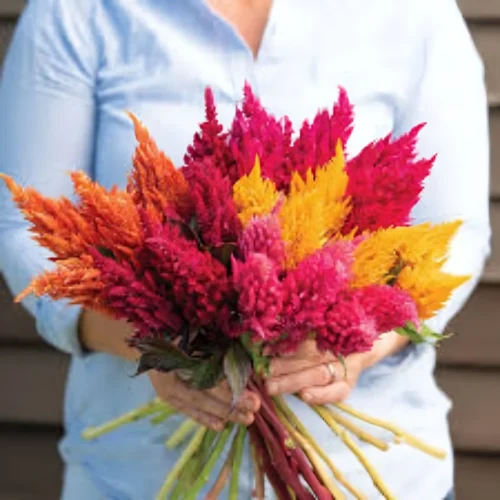
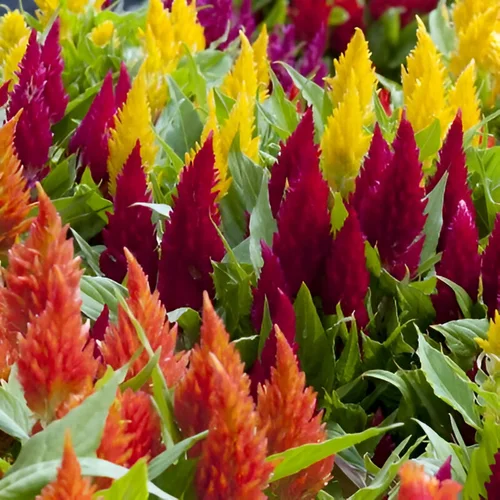
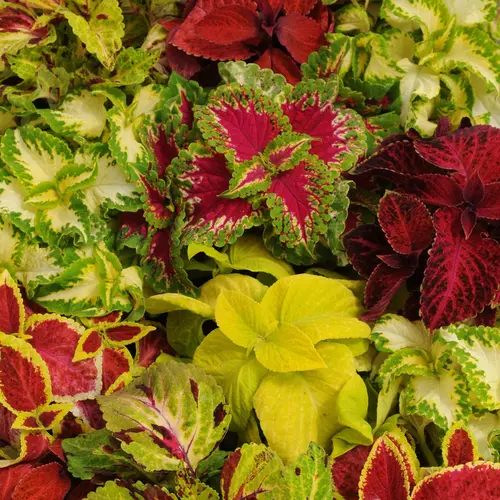
Reviews
There are no reviews yet.